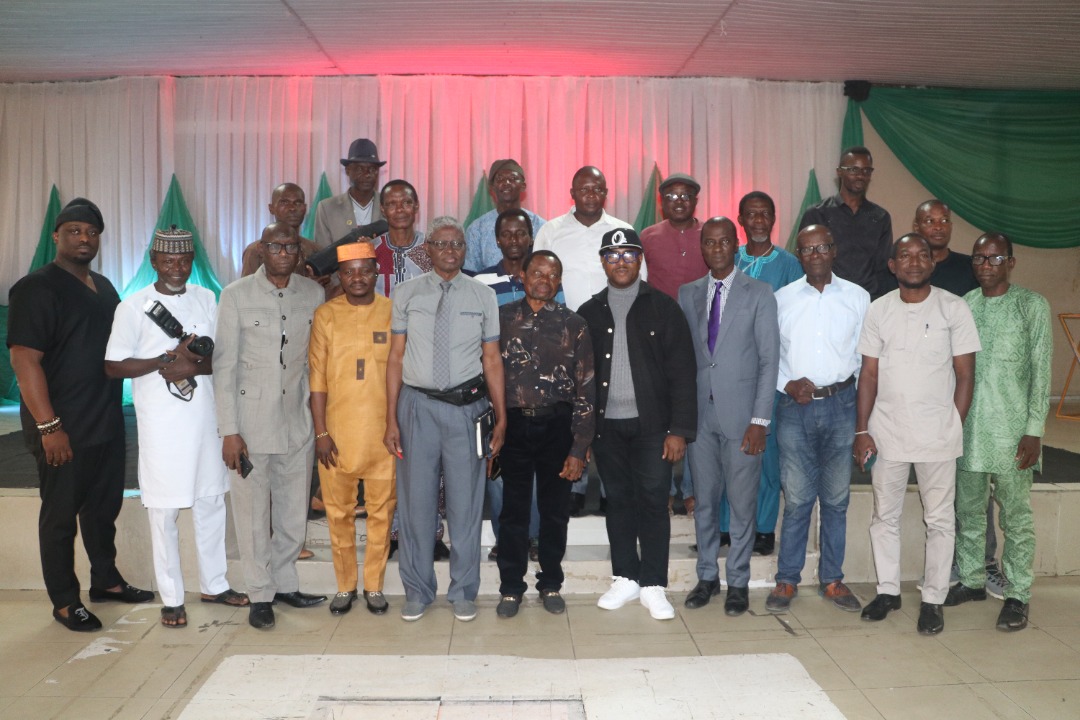
Brands need new set of tools in the new normal
BRAND IN FOCUS
The past year has been a prolonged game of catch-up for brands that relied on consultancies that spoke of digital transformation in abstract terms. Prior to the Coronavirus pandemic disruption, many brands spent their time consulting instead of doing, amounting to a slow, lengthy process. But rather than imagining a large-scale reinvention of their existing marketing strategy, brands should prioritise tangible ways they can show up for audiences at speed.
As they seek to continue transforming at speed in the new normal, brands also require a new set of tools to build a structure that will withstand shake-ups in the digital landscape. Old strategies are no longer effective, new and complex blueprint is therefore needed to build a foundation for success.
To navigate the shortest route to value, marketing and advertising practice is revolving within the new media landscape by delivering meaningful content and activations that meet audiences where they are – online. As at now, the digital ecosystem has grown exponentially in speed, scale and pervasiveness – making it difficult to determine where brands should begin.
To start with, brands must hold their digital ecosystem together. Once they have identified some impactful ways to show up for audiences, they should connect those experiences together into a consistent, holistic digital ecosystem. But this is also where so much of the challenge to adapt comes into play.
Industry decoupling began as a trend to give marketers and brands more control, but it also created a fragmentary landscape. With so many vendors and service partners on the roster, it became more difficult for brands to offer consistency across the growing volume of content and digital channels needed to engage today’s audiences.
Experts believe the solution is consolidation, because by building more comprehensive digital environments, brands will again seek out a one-stop-shop that can cater to their different needs in one place. This means that while brands seek to develop more lasting relationships with audiences, partners must also build deeper relationships with brands, building efficiencies wherever possible across the entirety of a brand’s marketing needs.
What’s more, for brands to remain flexible and adapt to changes in the future, measuring results becomes key. But marketers and brands must not fall into the trap of thinking about digital Return on Investment (ROI) strictly in terms of converting a sale because those days are past. Instead, they should consider how digital contributes to building the brand and strengthening the consumer relationship. This will let them better understand how user behaviour on one channel or touchpoint may impact another, and from there, they would be better equipped to act on new opportunities at speed.
And while no transformation is overnight, aligning insights and creativity across their marketing efforts will prove valuable in showing up meaningfully for their consumers wherever they are online.




Comment
No comments found.